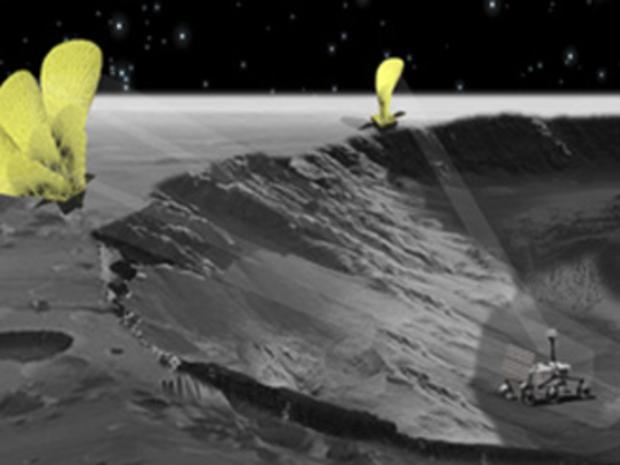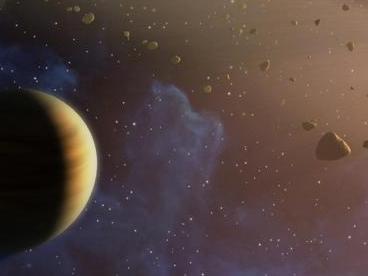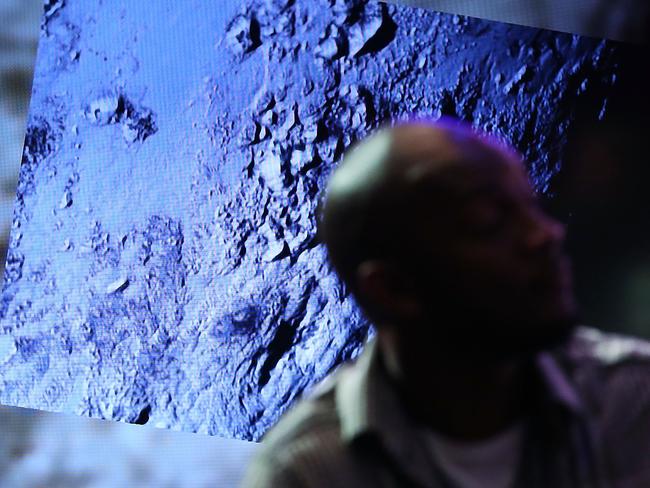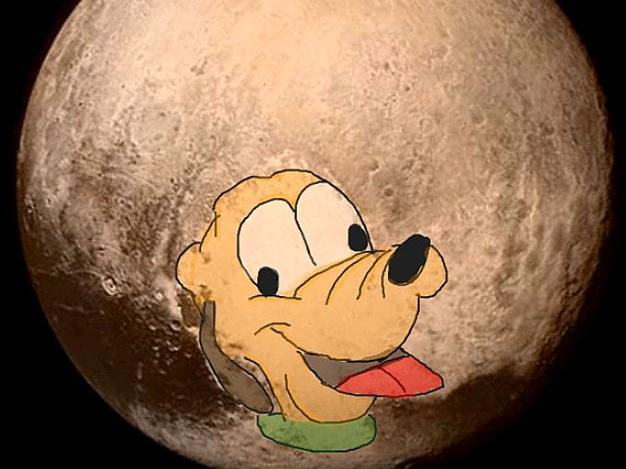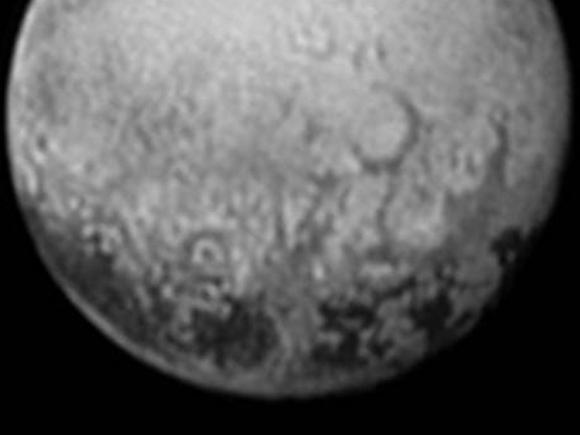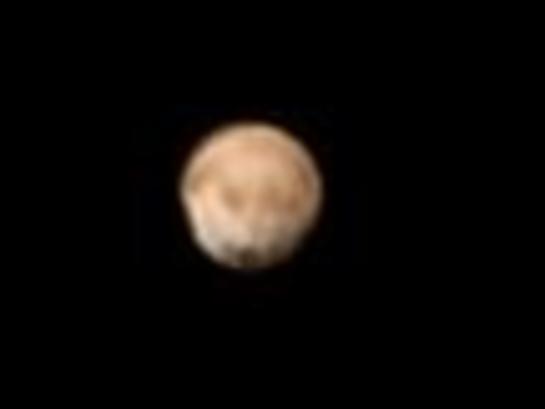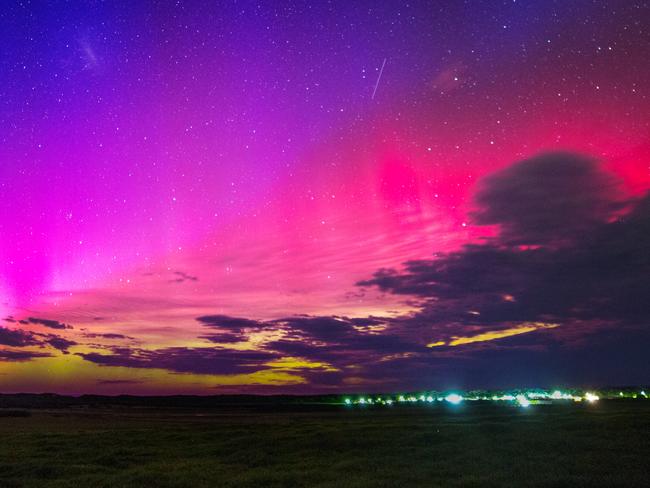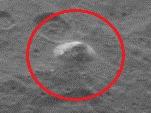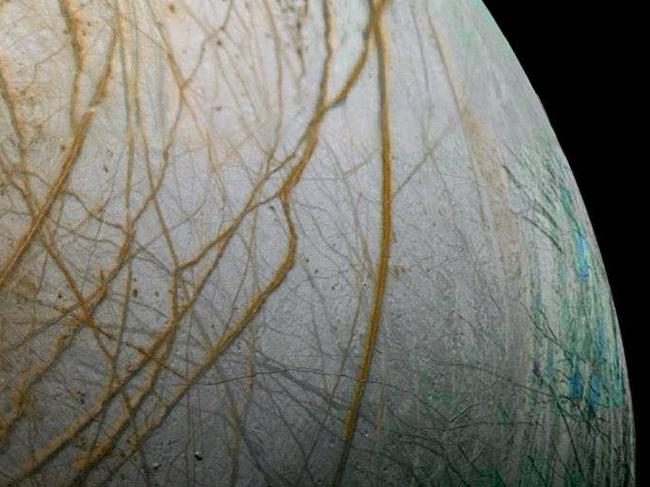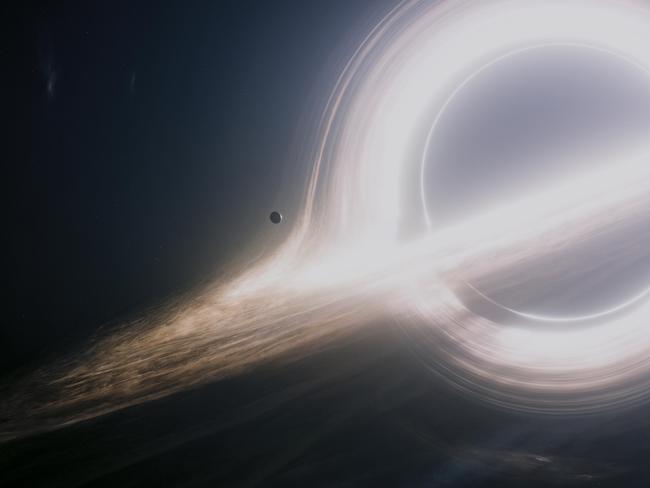SpaceLAST week NASA gave us a tantalising taste of Pluto and now it’s lining up yet another big announcement.
SpaceHE ONCE broke into a space station with a Swiss Army knife. Now Canada’s most famous astronaut has some advice for Russian billionaire’s new alien hunters.
SpaceON the 46th anniversary of the Moon landings, NASA says it wants to build a stepping stone base to Mars there. How? With terraforming robots.
SpaceWORKING by torch inside his garage, a science professor and former air force meteorologist claims he has created the holy grail of sci-fi technology.
SpaceTHERE’S something odd about our Solar System. We’ve found some 470 stars with planets around them. But it’s only now that we’ve spotted one that looks anything like our own.
SpaceONE important question is vexing Stephen Hawking, and now he’s teamed up with a Russian billionaire to answer it.
SpaceWORLD famous physicist Stephen Hawking is hoping to go where no one has gone before in a new venture to find other forms of life in the universe.
SpaceTAKE a ride — at 58,000 km/h and just 3500 metres high — over the mysterious ice mountains and strange frozen plains of Pluto. Then find out what we now know.
SpaceTHE first up-close images ever of Pluto and its big moon Charon have been released, and scientists say their minds have been blown by what they show.
SpaceTO CELEBRATE the New Horizons fly-by, a number of scientists involved in the project took to reddit to answer questions.
SpaceAS NASA’s spacecraft completed its fly-by of Pluto, a camera was in the New Horizons control room capturing all of the emotions as they happened.
SpaceNINE years of nervous tension certainly builds up. While the New Horizons probe sailed past Pluto, the world’s astronomers were biting fingernails and letting off steam on Twitter.
SpaceTHE New Horizons space probe has survived its close shave with Pluto, sharing a brief burst of self-diagnostics with NASA as it starts to sift through the mass of data it has gathered.
SpaceAUSTRALIA is set to play a leading role in Tuesday night’s close encounter with dwarf planet Pluto, on the edge of our solar system.
SpaceIT’S our first — and last — glimpse of Pluto’s “dark side”. So what are those mysterious black blotches?



